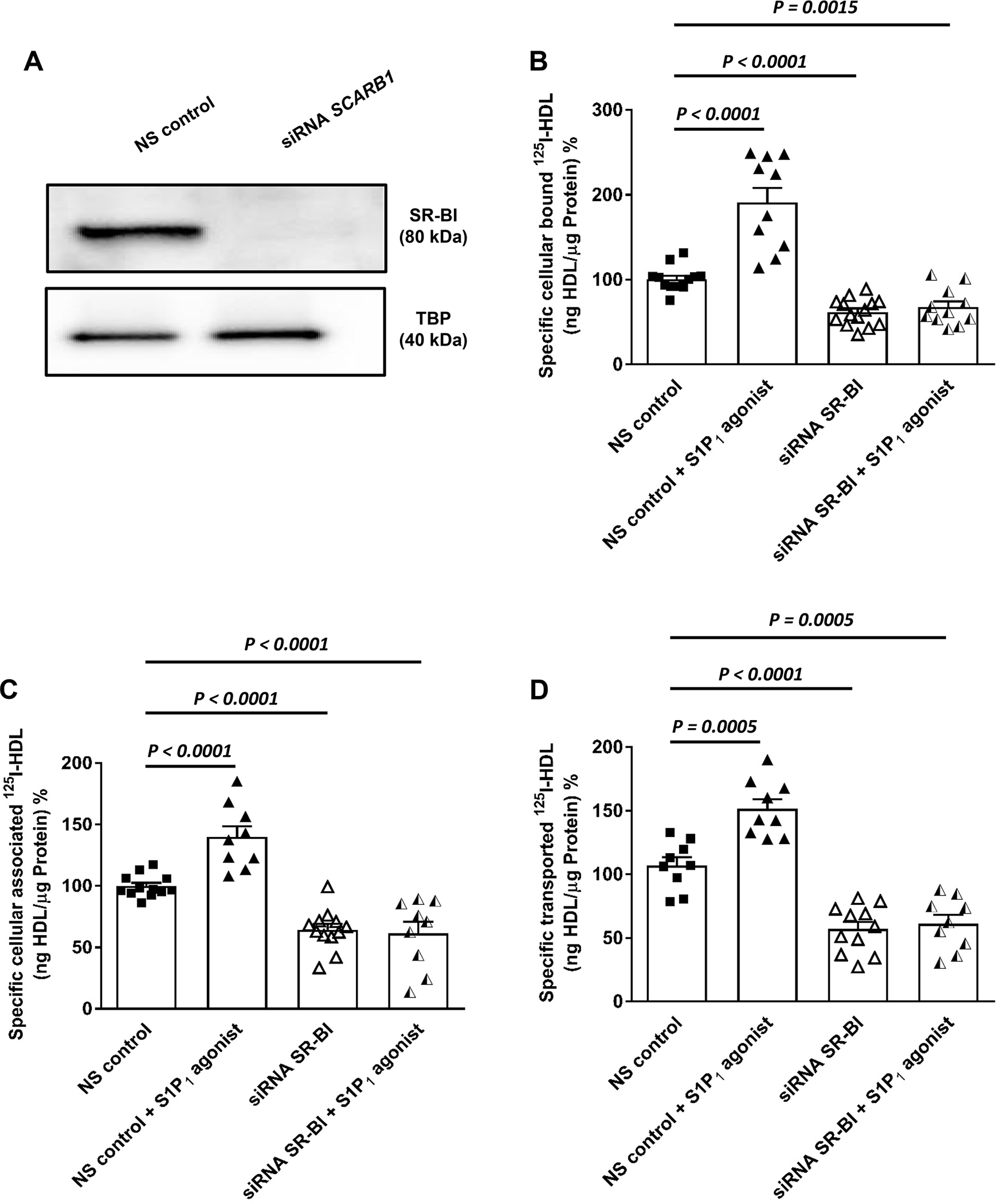Figure 4: SR-BI is involved in the S1P1 regulated binding, association and transport of HDL by human aortic endothelial cells (HAECs).

HAECs were transfected with a specific siRNA against SCARB1 or with non-silencing control siRNA (NS control). Assays were performed 72 hours post-transfection. (A) representative Western blot showing the efficacy of the silencing relative to the non-silencing siRNA (NS control) and TATA-binding protein (TBP) used as the loading control. Cells were then treated with S1P1 agonist (SEW2871, 20nM) for 30 minutes at 37 °C. (B) cellular binding of 125I-HDL was measured at 4 °C after pre-treating cells with the S1P1 agonist. (C) cellular association of 125I-HDL was measured at 37 °C. (D) for the measurement of transport of 125I-HDL, HAECs were cultured on inserts. The transport of 125I-HDL was measured after pre-treatment with the S1P1 agonist from the apical to basolateral compartment was measured at 37 °C. The results are presented as means ± SEM of three independent triplicate experiments (n=3). P was calculated by unpaired Mann Whitney U-test).
